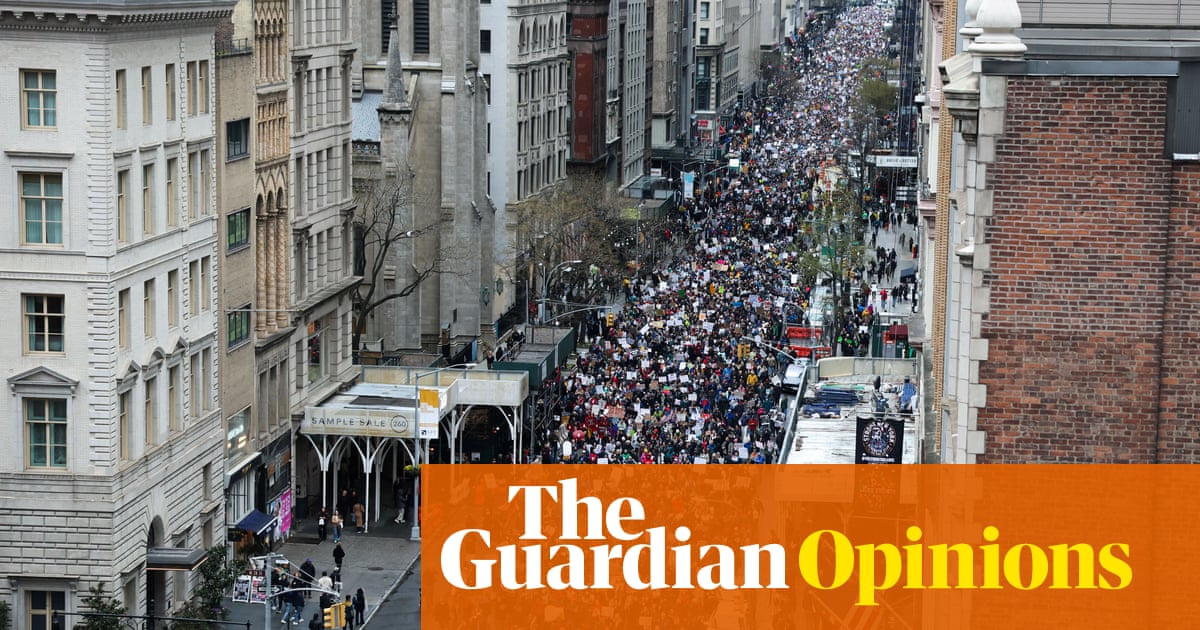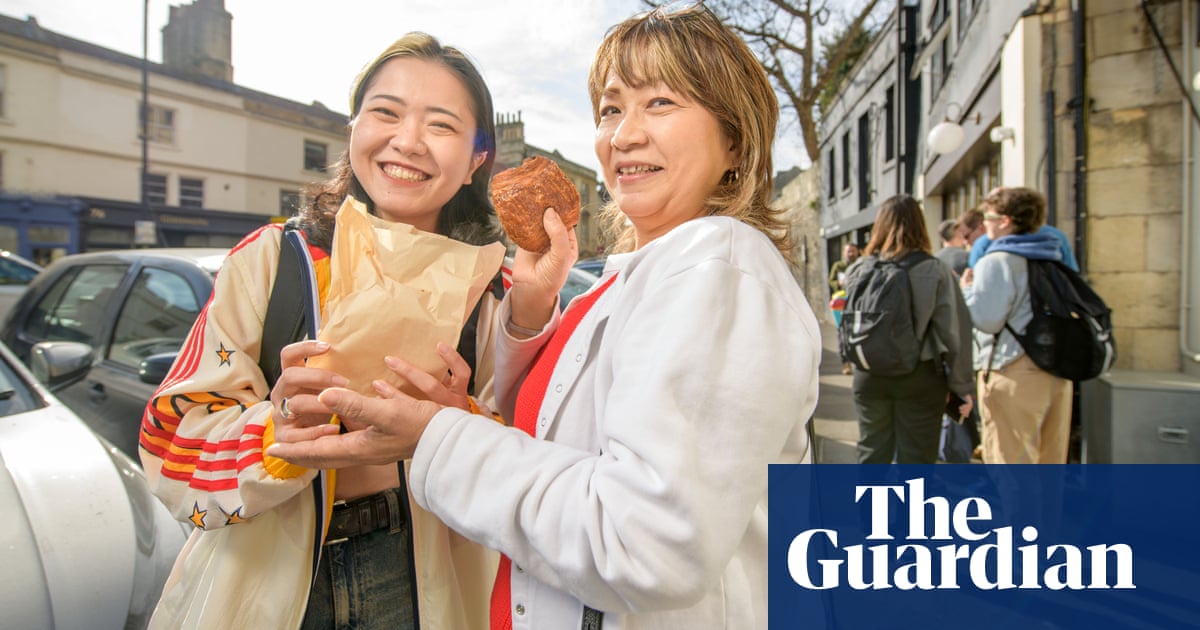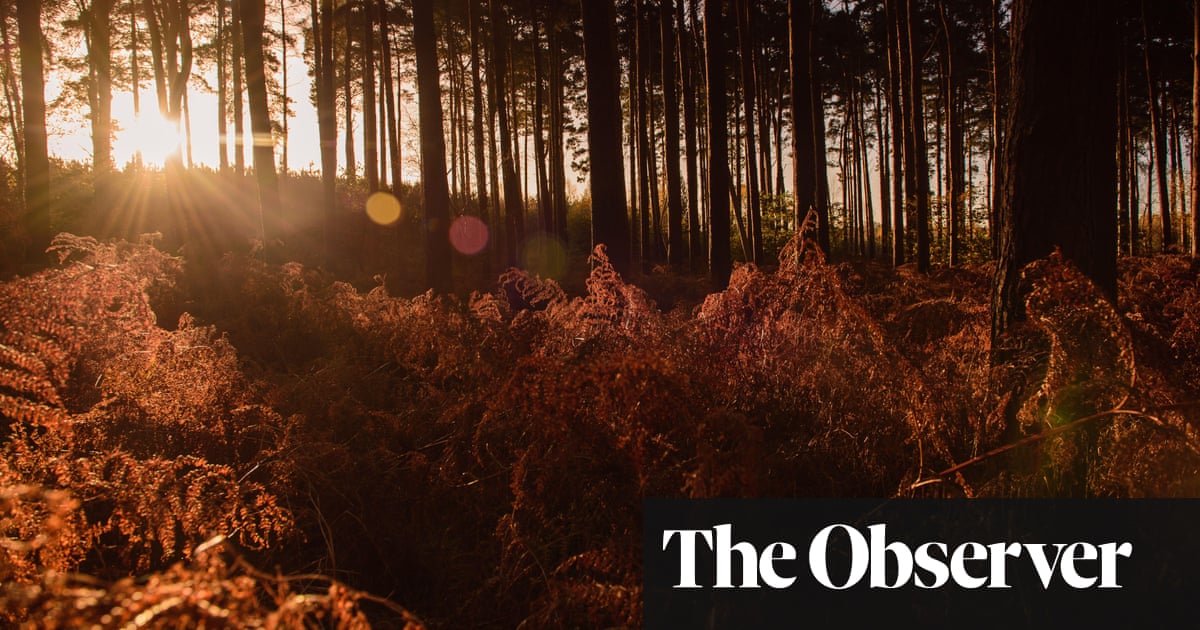Rocks thrashed by Atlantic waves have famously bestowed names such as “end of the world” and “coast of death” on Galicia, Spain’s north-western region. But there is a calmer, more intimate side to this coastline, that of the many rias (inlets). Legend has it that they resulted from the imprint of God’s hand when he made the world, and, temptingly, they nurture superlative shellfish. This lures me to Vigo, the largest fishing port in the EU, which spills down a hillside into a sheltered estuary lined with marinas, industrial docks, jetties, a fishing port and a cruise terminal.
The magic formula is the combination of fresh river water and salty seawater, which creates a nutrient-rich paradise for succulent crustaceans and cephalopods. I soon learn, too, that Vigueses are joined at the hip to the sea – and have been for centuries. Passion for el mar rules: “We are all men of the sea,” as one local tells me, and trawler-loads of ocean fish join shellfish on the plates of Vigo’s many taverns, tapas bars and restaurants.
As I stroll along the quay, I suddenly meet a lifesize statue of a bearded man incongruously seated on four giant octopus tentacles. If you know Jules Verne’s epic 20,000 Leagues Under the Sea, featuring Captain Nemo and his ingenious submarine Nautilus, this might ring a bell. Inspired by tales of Vigo, which he later visited, the author conjured up Nemo’s fictional search for treasure in the sunken galleons of the seabed. Some were possibly scuttled by Francis Drake, who had raided Vigo three centuries earlier. Other pirates and invaders followed, but the prosperous fishing port survived.
I set off to investigate the farmed mussels of the estuary. Pablo Mariño, of marine tourism specialist Bluscus, is my knowledgable guide, steering me in his traditional bateeiro boat over the calm, plankton-rich water towards what looks like a wooden shack on stilts. It is one of more than 600 bateas (floating rafts) in this ria alone – part of Galicia’s marine industry that exports worldwide and employs about 15% of Vigo’s population.

Jorge, the cheerful boss of this raft, explains the magical, complex process of producing top-notch mussels (some of which I later devour): plump, juicy and never more than 48 hours old. Long ropes suspended above and hanging into the water are their nurturing ground from spawn to shell, where they mature in up to 18 months. Despite falling production, Jorge’s enthusiasm sparkles as he shows off a hefty cluster of the inky black shells, though he admits, “My only problem is that I’m allergic to eating them!”
Near where we dock, I meet softly spoken Severino Casal, a former fisher who runs trips along the coast in his 1970s wooden boat Nuevo Migueliño. “I fell in love with the sea in my teens: fresh air, the landscape, the varieties of fish. But the industry is changing now due to stricter regulations, also overfishing, rising water temperature and pollution in the rias. There are so many factors.”
It’s time to sample some of Vigo’s sea creatures, so I head for the famous Calle de las Ostras (oyster street) to indulge in half a dozen succulent molluscs shucked in front of me for €13 (£11). The city was once known for female “shuckers”, but it is now men who monopolise the stands. I sit down at a table in front of Bar Cocedero La Piedra, am served the mandatory glass of chilled albariño, and rapidly consume the slippery bivalves.
Uphill from here starts the picturesque Casco Vello, the old town, an endurance test of steps and slopes winding past sober granite houses, little squares and a slew of tempting bars and restaurants. At night, uplighters illuminate the facades, making it even dreamier. This is where to find the appealing old classic Taberna A Pedra, which is usually packed, and order silky grilled navajas (razor clams, €16), berberechos (cockles, €14), almejas (clams) swimming in garlic, chilli and olive oil, chipirones (cuttlefish, €9) and padron peppers. Like everywhere else, the basket of bread is crustily perfect for mopping up juice.

Nearby is funky Valdevez, hidden down a tight alley and a darling of Vigo’s football team. It’s spacious, with a great value €15 set lunch menu, creative dishes, top wines and a lineup of vintage radios. Their tender pulpo a feira (Galician-style octopus) is crowned with smashed potato and paprika, their scallops are perfectly grilled, and you can even sample aged beef tenderloin from the hills. It’s nothing if not eclectic.
Suddenly it’s architecturally all change when I arrive at Praza do Porta do Sol, a square at the city’s centre. Here begins the elegant Ensanche district, a relic of the Catalan entrepreneurs who developed Galicia’s profitable canning industry in the late 19th century. Along with factories churning out tins of sardines and mussels, they brought modernista (Catalan culture’s equivalent of art nouveau) architecture, often Parisian in style, as well as banks and luxury commerce that lined the avenues. Vigo boomed. This part of town is now the centre of nightlife, shopping and culture, and the place to break away from traditional eateries.
Go raw at Restaurante Crudeza, the place for divine ceviche, with sea bass, scallop, or salmon tartare (€20-€30), and superbly prepared by a Venezuelan team and very affordable. To digest, there is a steep walk up to the El Castro fortress, built in 1665 to fend off English attacks, and now surrounded by beautiful parkland. Sweeping views take in the blissful Islas Ciés, as well as fishing villages and pristine beaches across the luminous water. The islands, which you need a permit to visit, and villages of Moaña and Cangas, can be reached by ferry or the immense Rande bridge.

Off the Gran Via, where I am spirited uphill by moving walkways – a welcome innovation – I seek out Enxebre, a sharply modern restaurant expertly run by a young couple breaking new ground with surreal twists on Galician classics. Their €35 tasting menu is a steal, and you can sit at the kitchen counter to watch the action.
Back towards the estuary, I catch my breath on a bench in the Alameda da Praza de Compostela, where gardens of magnolias and tree ferns are rimmed by stately facades. Although most surrounding bars and restaurants are mediocre, an exception lurks around the corner: La Mar Salada. This chic little restaurant is renowned for perfectly baked Atlantic fish (seabream, sea bass), cod in pil pil sauce and creamy rice with red prawns and monkfish.
Plenty more seafood restaurants lie in wait, but I decide to spend my last evening investigating a unique 300-year-old Galician tradition – a furancho. This takes me into the hilly wine-country of Rías Baixas in the company of Juan Vidal and Lorena Cancelas, two of the founders of Guía Furanchín, an online guide to dozens of small-scale wineries which open for three months between December and June to offload their surplus. Whether seated convivially in a garden, a garage, a lean-to or in the family living-room, punters come to enjoy young wine together with homemade tapas.
We order jugs of both red (the densest I’ve ever seen) and white to wash down empanadas, croquetas, jamón, tortilla and pork fillet – simple but tasty food.

As I watch the ruddy faces of our dining companions, many still in working clothes and enjoying a cheap night out (our bill came to €12 each and we were sated), I realise that this institution, unique to Galicia, reflects the region’s rural soul, if not exactly the “men of the sea”.
For anyone with two or four wheels, or simply two legs, Vigo also offers a seductive range of coastal side trips, from Cambados (the capital of albariño wine), where at low tide shellfishers rake the sand for razor clams, to the nature park of Corrubedo, a birders’ haven where boardwalks vanish into undulating sand dunes. In Corrubedo itself, search out authentic seafood at the very cool Bar do Porto, owned by the British architect Sir David Chipperfield and his family. As Galician aficionados for more than 30 years, they prove how this region gets under your skin. Townies can head south to discover charming Baiona with its peninsula fort, now a parador, or north to the architectural treasures, vibrancy and culture of Pontevedra.
The world of Vigo is your ostra – or is it mussel?
The trip was facilitated by the Spanish tourist office and Turismo de Vigo. She stayed at Bahia de Vigo Hotel, doubles from €95 (£82) B&B, which has a very 70s facade but glorious views

 4 hours ago
5
4 hours ago
5













































